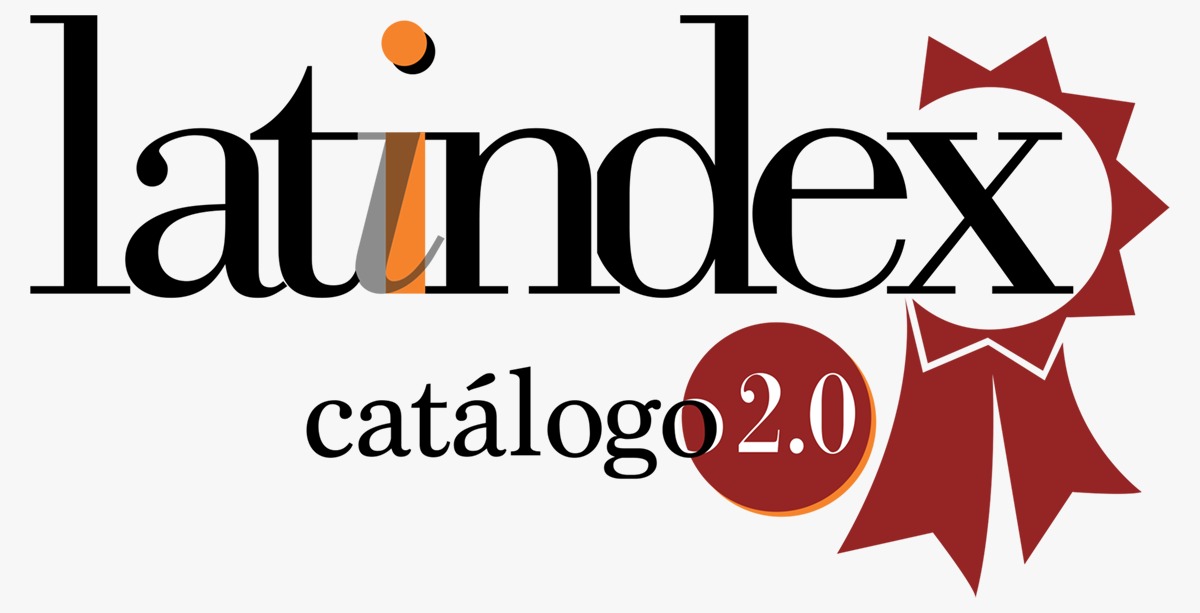FAMILY FUNCTIONING AND EATING DISORDERS IN ADOLESCENTS
Keywords:
Adolescent; eating disorders; family; conduct; patientsAbstract
According to the World Health Organization, adolescence is one of the most complex stages of human development for the individual. The changes that young people undergo can cause conflicts both internally and in the environment; mixing on many occasions by projecting a sense of lack of meaning and location along with the social pressure that exists. This causes many eating disorders to be diagnosed late. Family dynamics become dysfunctional when eating disorders are part of a family member. From a mixed research approach, with a qualitative approach, supported by the quantitative paradigm, the present study raises the influence of family functioning in adolescent eating disorders, based on a descriptive methodology that responds to the current reality of adolescents, families. The quasi-experimental method was applied to work with the behavioral disorders inventory (EDI-2) and the Perception of family functioning test (FF-SIL). Among the main results found, it is shown that parents are the ones most likely to help because they are usually the ones who know the patterns of their children the best, as they are the closest to detect any changes that may occur, in this case in the diet and how family dynamics influence the clinical picture of patients with eating disorders and can be of great support; although also the weight that ends up sinking them in case they do not act in the most successful way.
Downloads
Downloads
Published
How to Cite
Conference Proceedings Volume
Section
License
Copyright (c) 2021 María Verónica Avalos Arias, Yanet Samada Grasst

This work is licensed under a Creative Commons Attribution 4.0 International License.
Usted es libre de:
- Compartir — copiar y redistribuir el material en cualquier medio o formato
- Adaptar — remezclar, transformar y construir a partir del material para cualquier propósito, incluso comercialmente.
Bajo los siguientes términos:
- Atribución — Usted debe dar crédito de manera adecuada, brindar un enlace a la licencia, e indicar si se han realizado cambios. Puede hacerlo en cualquier forma razonable, pero no de forma tal que sugiera que usted o su uso tienen el apoyo de la licenciante.
- No hay restricciones adicionales — No puede aplicar términos legales ni medidas tecnológicas que restrinjan legalmente a otras a hacer cualquier uso permitido por la licencia.













































